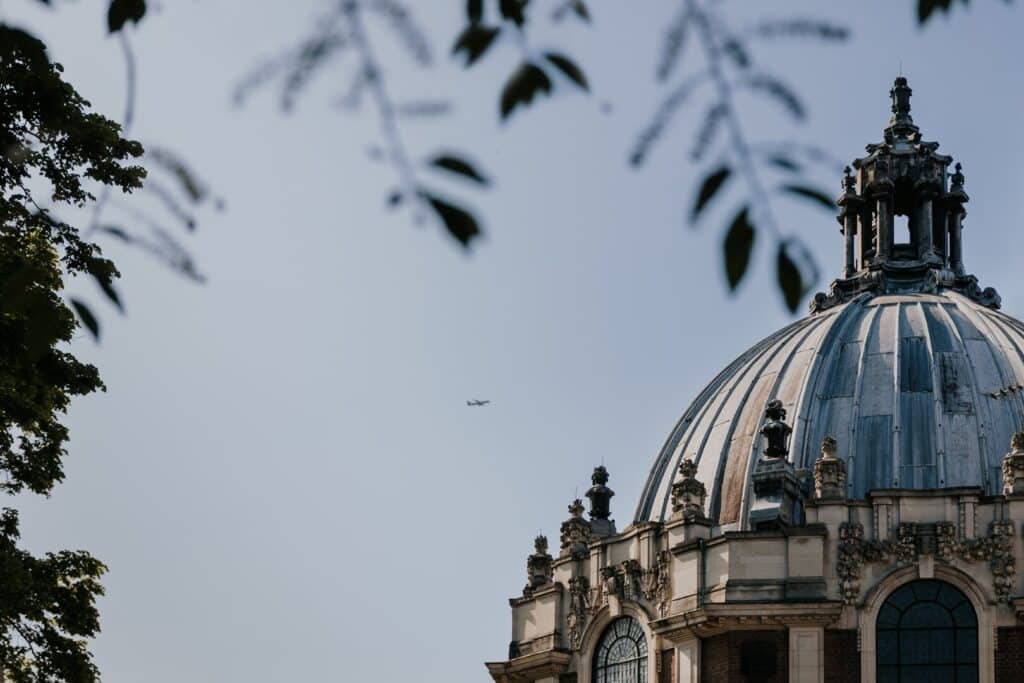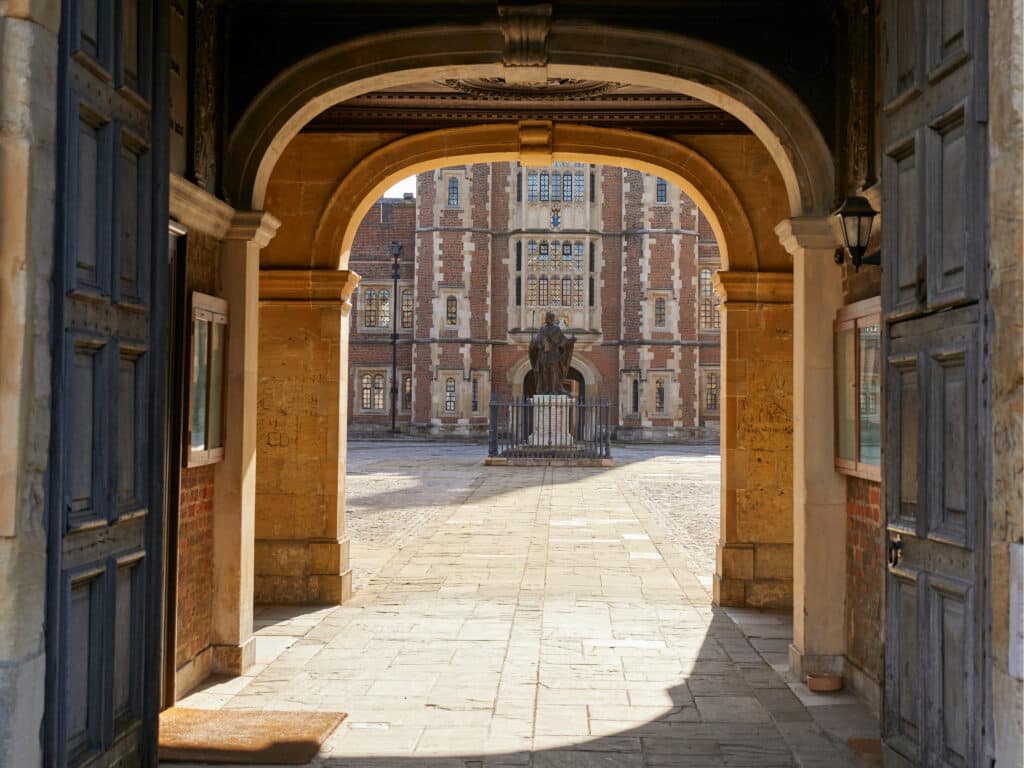The death of a talented Etonian physicist during World War One stunned the world of science and changed the way deployments were made in the following conflict. The life of Henry Moseley (known as Harry) is the subject of an exhibition at the Museum of the History of Science in Oxford, which is now on until the end of January 2016.
Harry was a King’s Scholar at Eton (1901-06) who went on to become a top physicist. The placement of elements in the periodic table which we use today is a result of his work into the atomic number using X-ray spectroscopy.
Such was his brilliance that it was thought he would have won the Nobel Prize in 1915 but he was killed that August in battle at Gallipoli, Turkey. The scientific community across the world was stunned by his death, with it described as “the most costly single death of the War to mankind generally.” As a result, during the Second World War top scientists were not sent to the Front but instead asked to use their expertise to help the war effort at places such as Bletchley Park.
The current exhibition Dear Harry… explores the short life of this brilliant scientist and includes a volume from Eton’s archives, with some of the 15 Sent-Ups (sent up for good) achieved by Moseley for science. He is also remembered at Eton through the annual Moseley Prize for physics.
Image courtesy of the Museum of the History of Science



